
I Saw the TV Glow (2024, dir. Jane Schoenbrun)
Certificate: 15
Running Time: 100 mins
UK Distributor: Park Circus Films
UK Release Date: 26 July 2024
WHO’S IN I SAW THE TV GLOW?
Justice Smith, Brigette Lundy-Paine, Helena Howard, Lindsey Jordan, Danielle Deadwyler, Fred Durst, Conner O’Malley, Emma Portner, Madaline Riley, Amber Benson, Michael C. Maronna, Danny Tamberelli, Ian Foreman
WHO’S BEHIND THE CAMERA?
Jane Schoenbrun (director, writer), Ali Herting, Sam Intili, Dave McCary, Emma Stone and Sarah Winshall (producers), Alex G (composer), Eric Yue (cinematographer), Sofi Marshall (editor)
WHAT’S IT ABOUT?
Two teens (Smith and Lundy-Paine) bond over a bizarre television show…
WHAT ARE MY THOUGHTS ON I SAW THE TV GLOW?
Expressionist cinema is a curious thing. Eschewing any type of conventional narrative, it’s all about putting the very heart and soul of its central artist on full display, even when it nary makes a lick of sense in whatever reality it seems to exist in. Jane Schoenbrun, the writer-director of I Saw the TV Glow, falls right into that same category along with all the German/Austrian expressionist pioneers like Fritz Lang, Robert Wiene and G.W. Pabst, though Schoenbrun’s vision is considerably more out-there and indeed imaginative than most of those other artists.
The filmmaker (who uses they/them pronouns) has, on the surface, created a seemingly scattershot surrealist odyssey where they invite the viewer on a bizarre ride that even David Lynch would think twice about hopping onto. However, and this is where the expressionism comes in, Schoenbrun posits I Saw the TV Glow as a much more meaningful and thoughtful allegory for queer identity, and the devastating barriers built naturally around us from fully embracing that part of ourselves which may be buried deep down. It’s a fascinating and ambitious lo-fi effort that is the textbook definition of “not for everyone”, and I’d be lying if I said that I fully loved this film, but at least holds your attention throughout its strange, and admirably original, runtime.
Beginning in 1996, we first meet a lonely young boy named Owen (played by Ian Foreman in these early scenes, and by Justice Smith for the rest of the movie) who strikes up a friendship with a troubled girl named Maddy (Brigette Lundy-Paine). They bond over their shared adoration for an odd young-adult supernatural TV programme called The Pink Opaque, about a pair of teenagers with psychic powers that battle grotesque monsters including a deformed Ice Cream Man and the lunar-faced Big Bad, Mr. Melancholy. The teens are so enthralled by the escapist appeal of the show, especially Maddy who lives in an abusive household, that they consider the real world to be far more frightening, but that comes to a head when Maddy suddenly disappears without a trace, only to resurface years later to inform Owen of a surprising, and possibly insane, connection to the world of The Pink Opaque.
If you, like myself, saw Schoenbrun’s unsettling breakout feature We’re All Going to the World’s Fair, then you’ll probably already have an idea of what their filmmaking style consists of, though I Saw the TV Glow is both very different and closely connected to what came before. In both, Schoenbrun explores the psychological hold that media has on our lives – in the case of that earlier film, it was online creepypasta – as well as the sheer isolation of their main characters. They also elicit an unnerving and legitimately disturbing atmosphere where it’s never clear what is going to come your way next, but you know for a fact that the imagery is somehow going to be lasered right into your memory bank, especially when it’s presented in such a chilling and nightmarish fashion. Admittedly, it can be a bit too much to take in all at once, and the overly surreal nature of it all makes me fully understand why some viewers may not be as into it as others.
With this movie, though, Schoenbrun goes one or two steps further by leaning heavily into their expressionist qualities, in which they frame the increasingly strange circumstances of Justice Smith’s Owen and Brigette Lundy-Paine’s Maddy as a visual and even semiautobiographical metaphor for their own coming-out complications. Throughout the film, these two characters view the world around them as increasingly hostile and unsympathetic toward their inner sense of self, until one of them makes a bold decision that uproots both of them from the version of reality they’ve been brought up within, which effectively liberates that one figure from the confines of societal expectations but also traps the other one in a seemingly doomed existence of self-repression. There are entire academic essays to be written about how I Saw the TV Glow mirrors the blossoming queer experience, from overcoming (or not) personal restrictions to the almost literal rebirth of one’s own identity, and I doubt that even those would be able to fully penetrate the expressionist surface that Schoenbrun practises their out-there metaphorical concepts.
It is an intriguing piece of work that, despite its subtextual smarts and its resistance toward traditional storytelling, I ultimately appreciated more than I truly adored. This is entirely down to personal tastes, for I prefer a more straightforward narrative with a plot and set of characters to get more emotionally caught up in, over something like this which shoves most of those to the side in favour of abstract and loosely connected allegorical imagery. While I admire this filmmaker for going the full hog with their expressionist approach, there was always a part of me that struggled to get fully behind its emotional core, since a lot of it is played with a rather dry mentality that prevents much of a genuine connection with these characters, or even the unconventional path that they’re heading down. Although, when it comes to David Lynch-esque fantasy horrors released within the last year, I’d happily take this one over Bertrand Bonello’s The Beast any day.
It didn’t entirely work for me, but that isn’t to say that I Saw the TV Glow is not for anyone, as it is clearly having much more of an effect on others that surely need this kind of expressionist cinema in their lives, to which I cannot fault this movie on whatsoever.
SO, TO SUM UP…
I Saw the TV Glow is a fascinating piece of expressionist queer cinema from writer-director Jane Schoenbrun that presents a smart allegory for queer identity that should resonate with plenty of queer-identifying individuals, though from a personal standpoint it can be difficult to warm up to from an emotional standpoint.
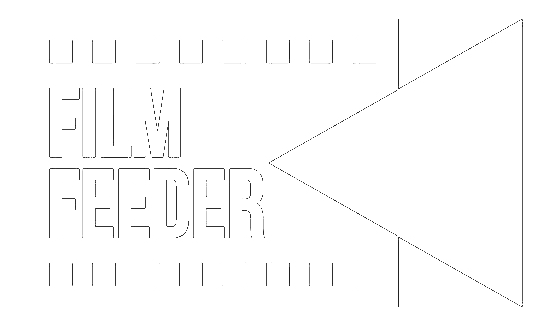



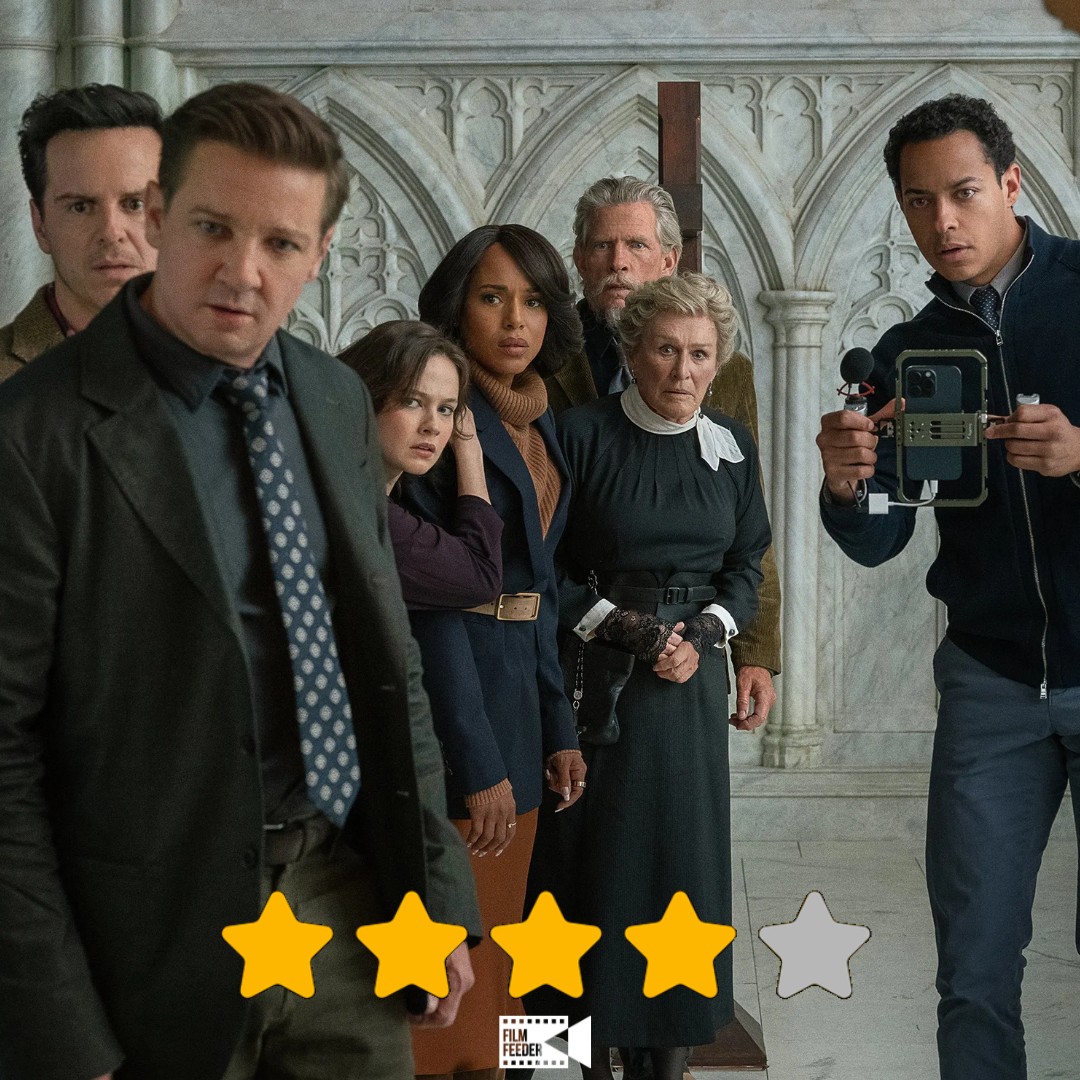
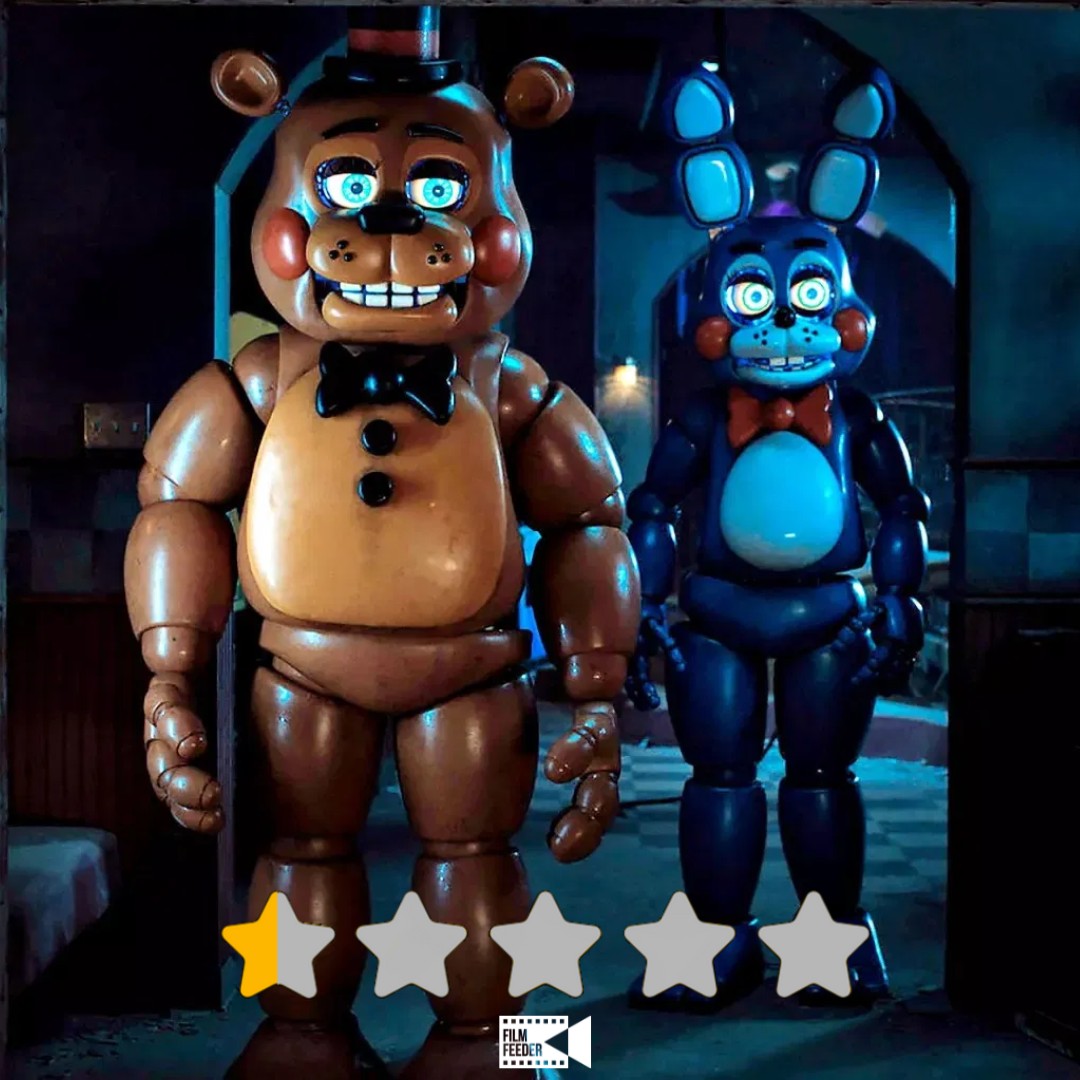

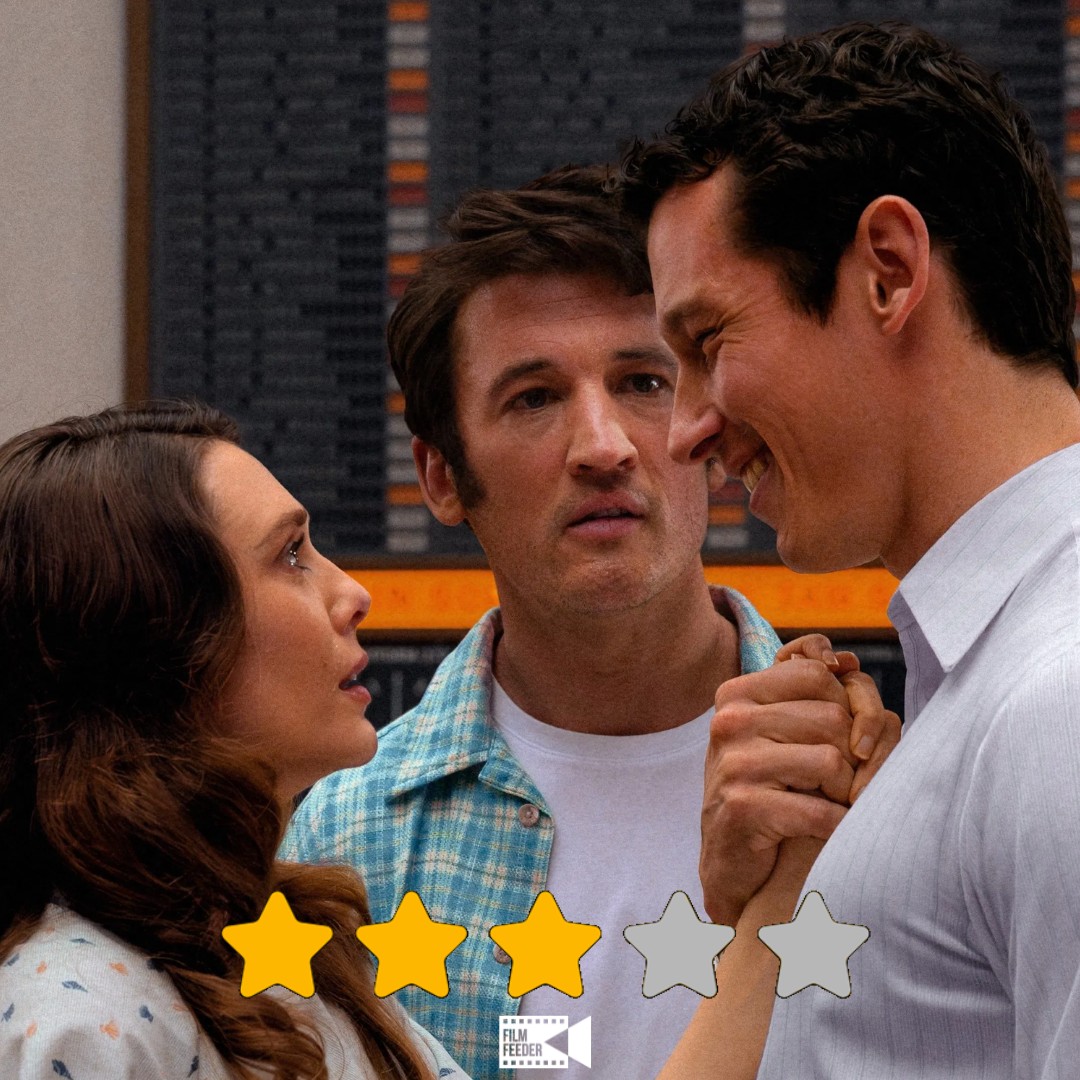
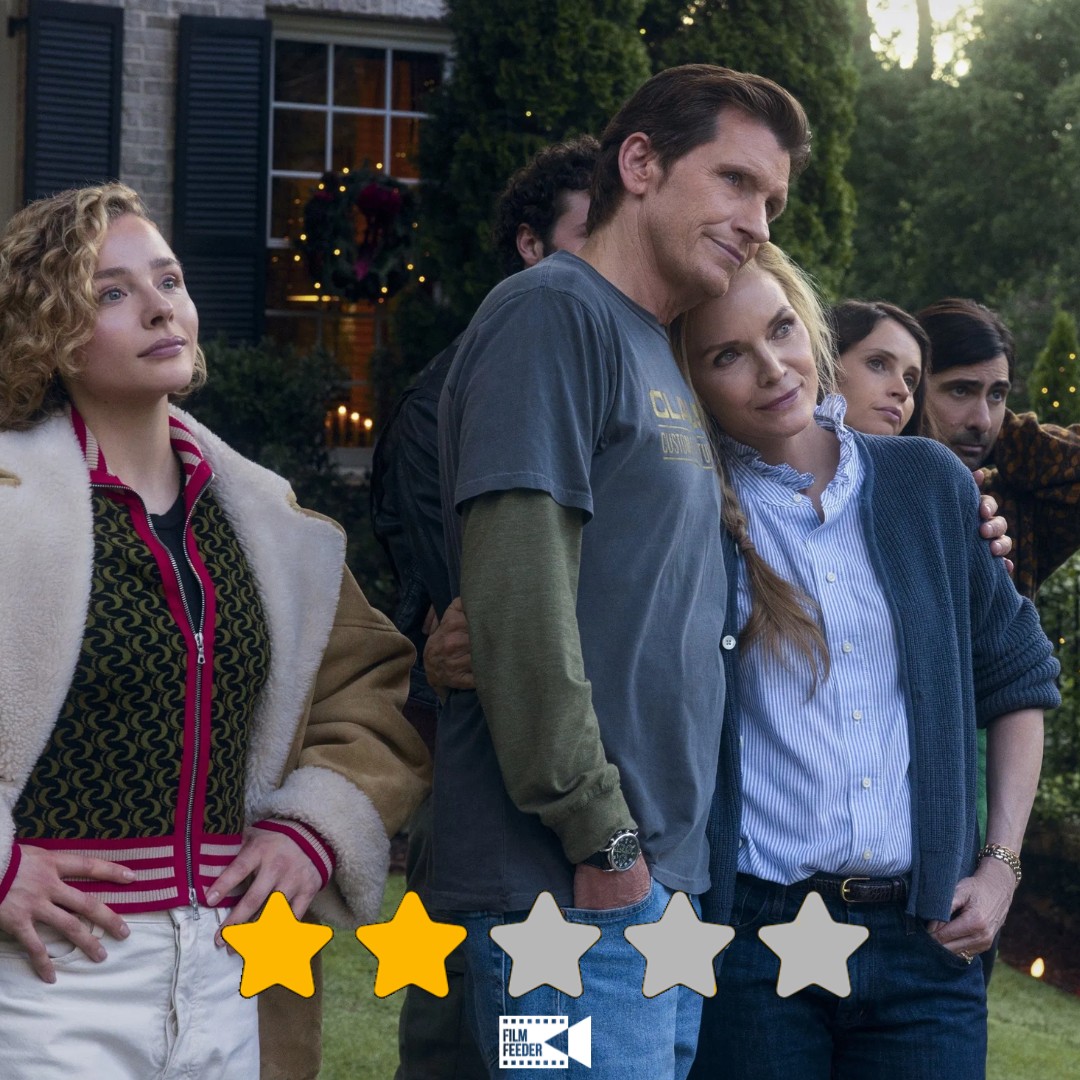

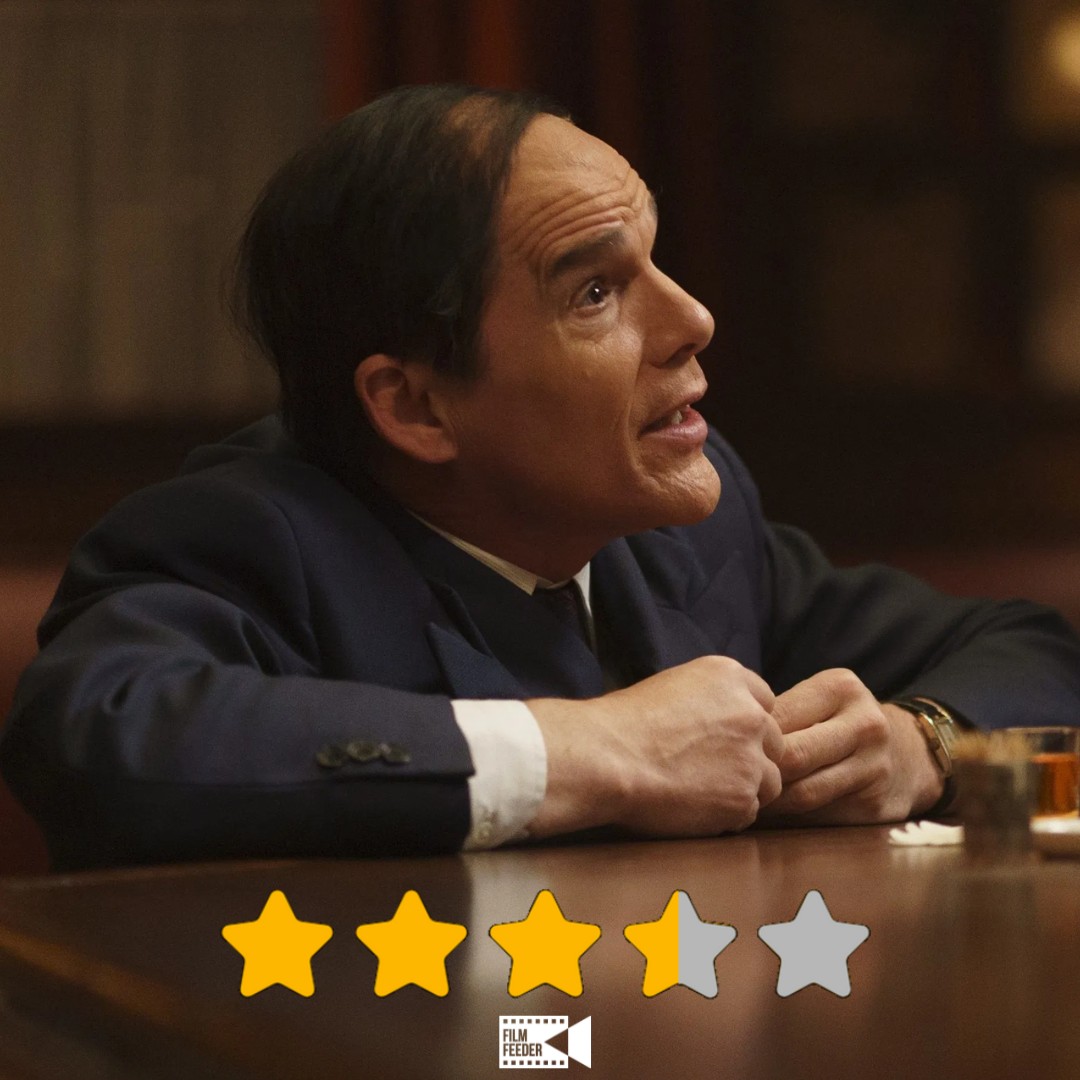
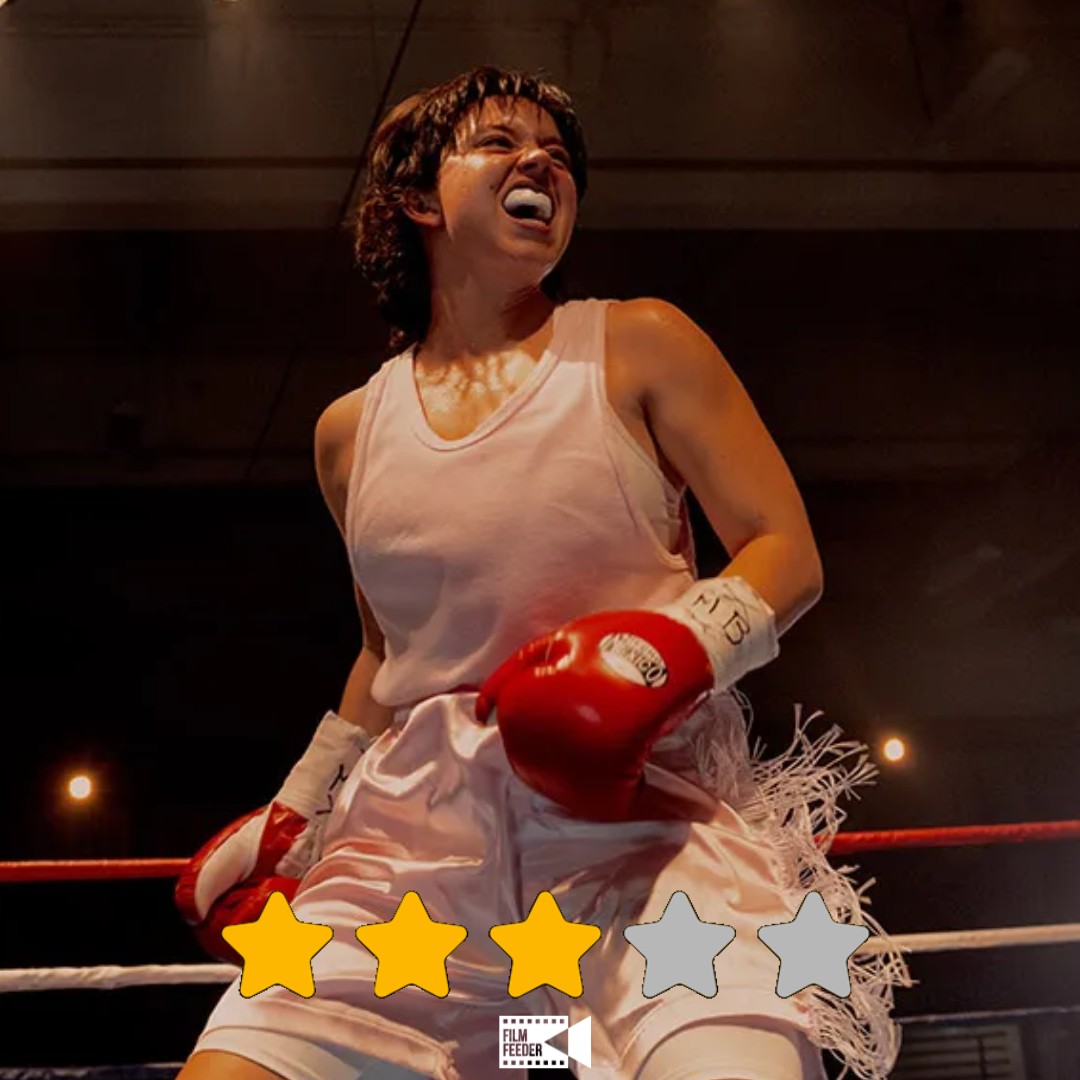

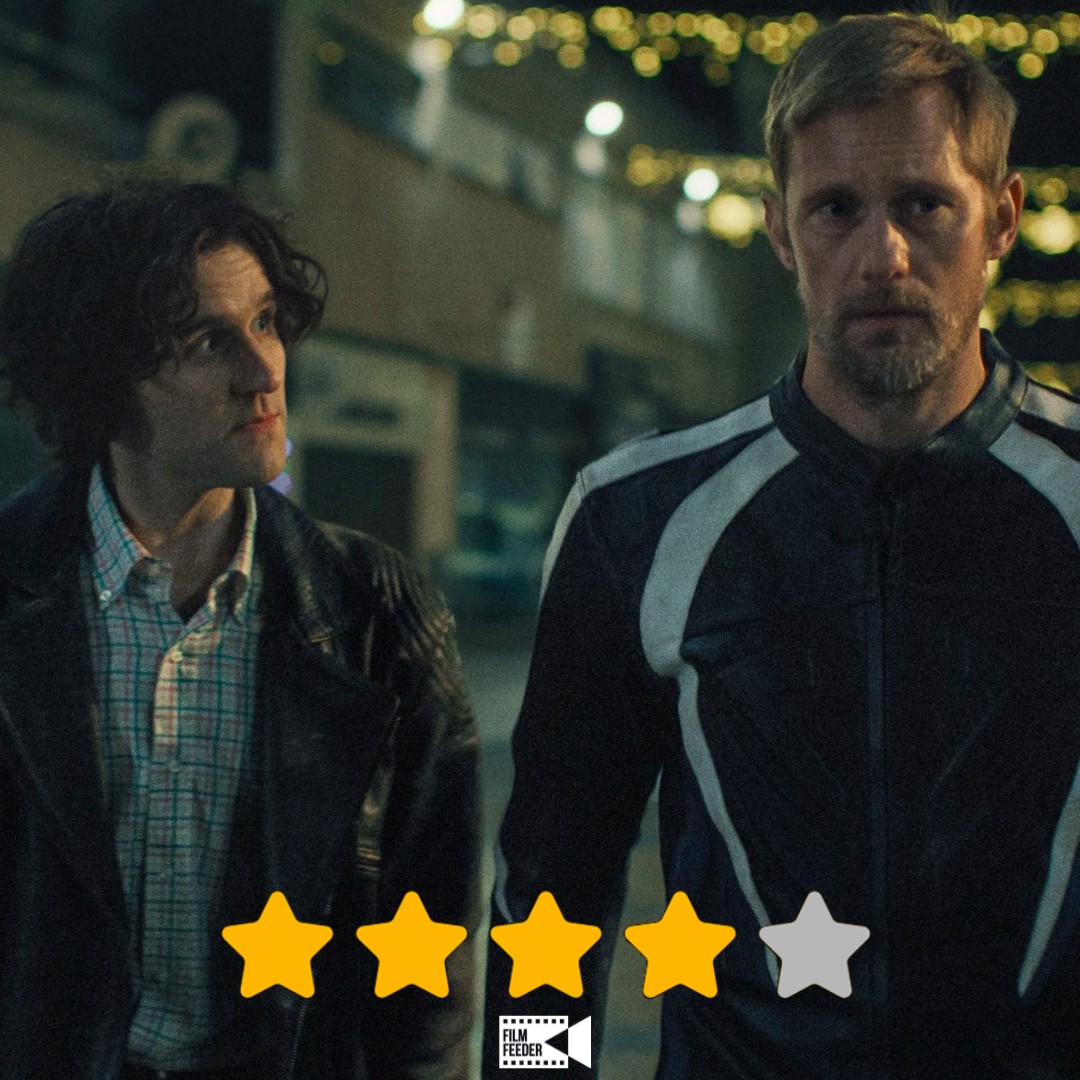
0 Comments